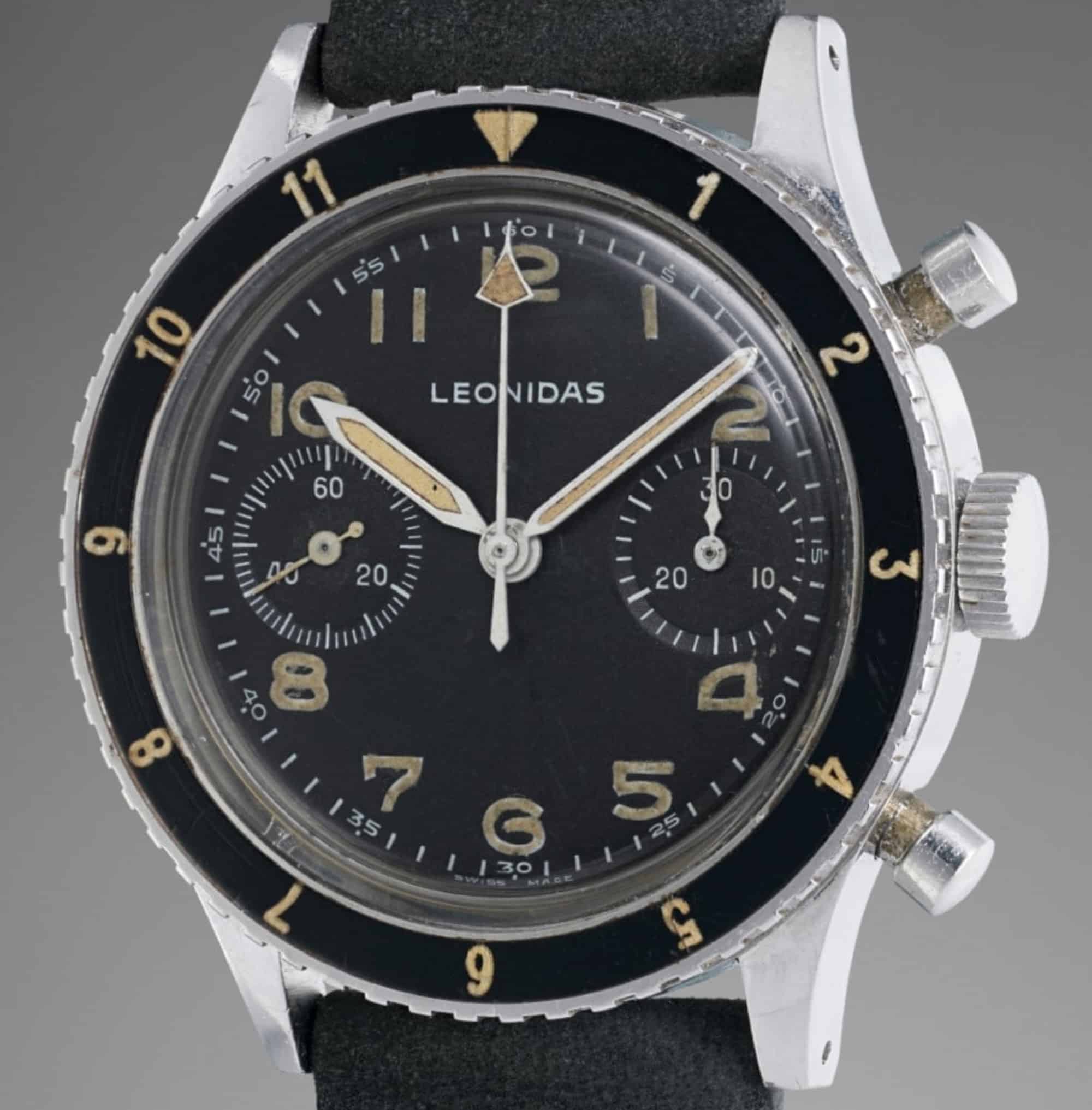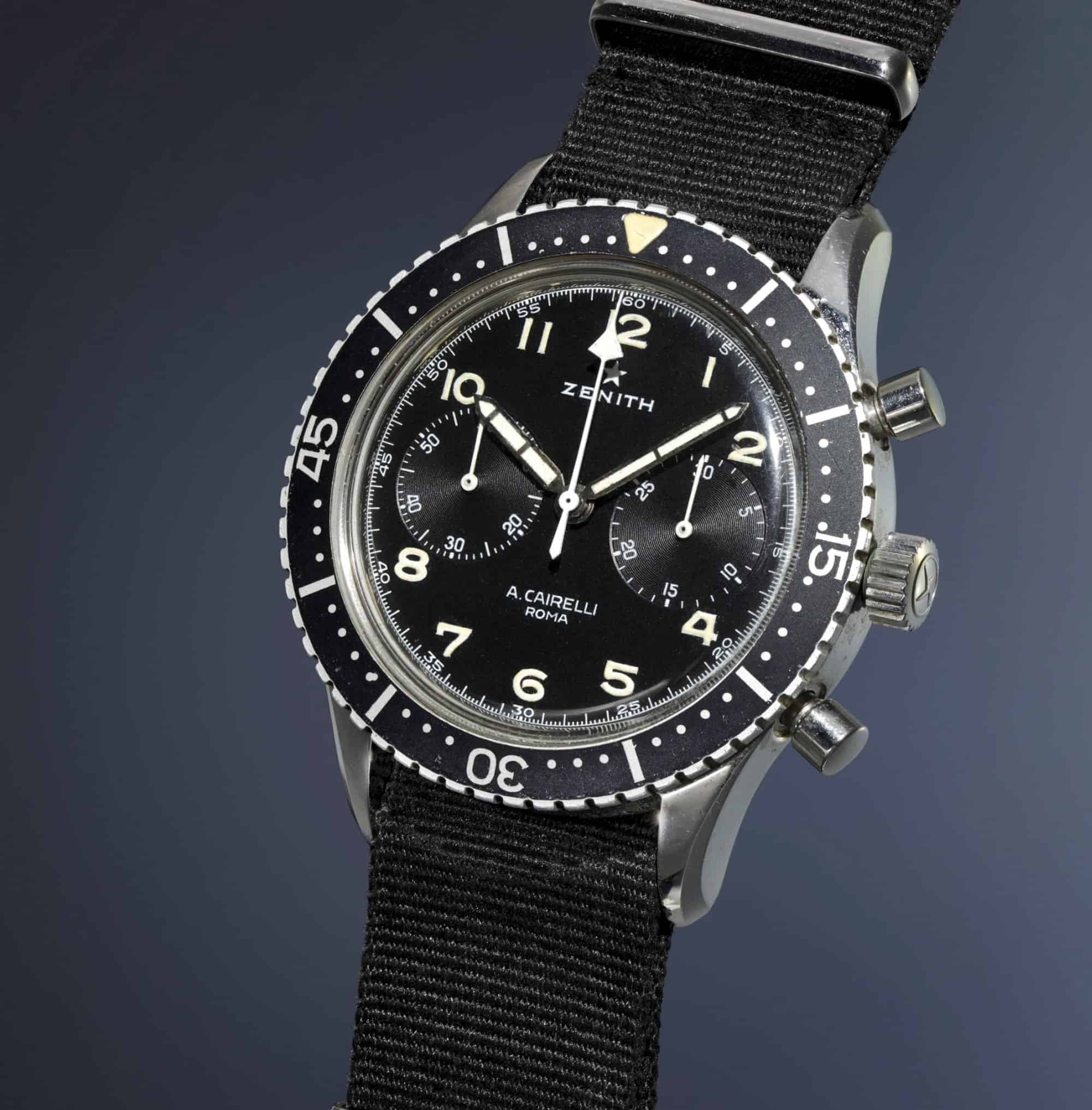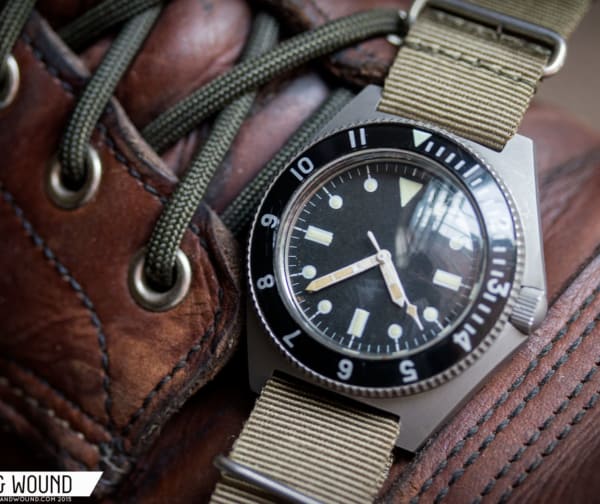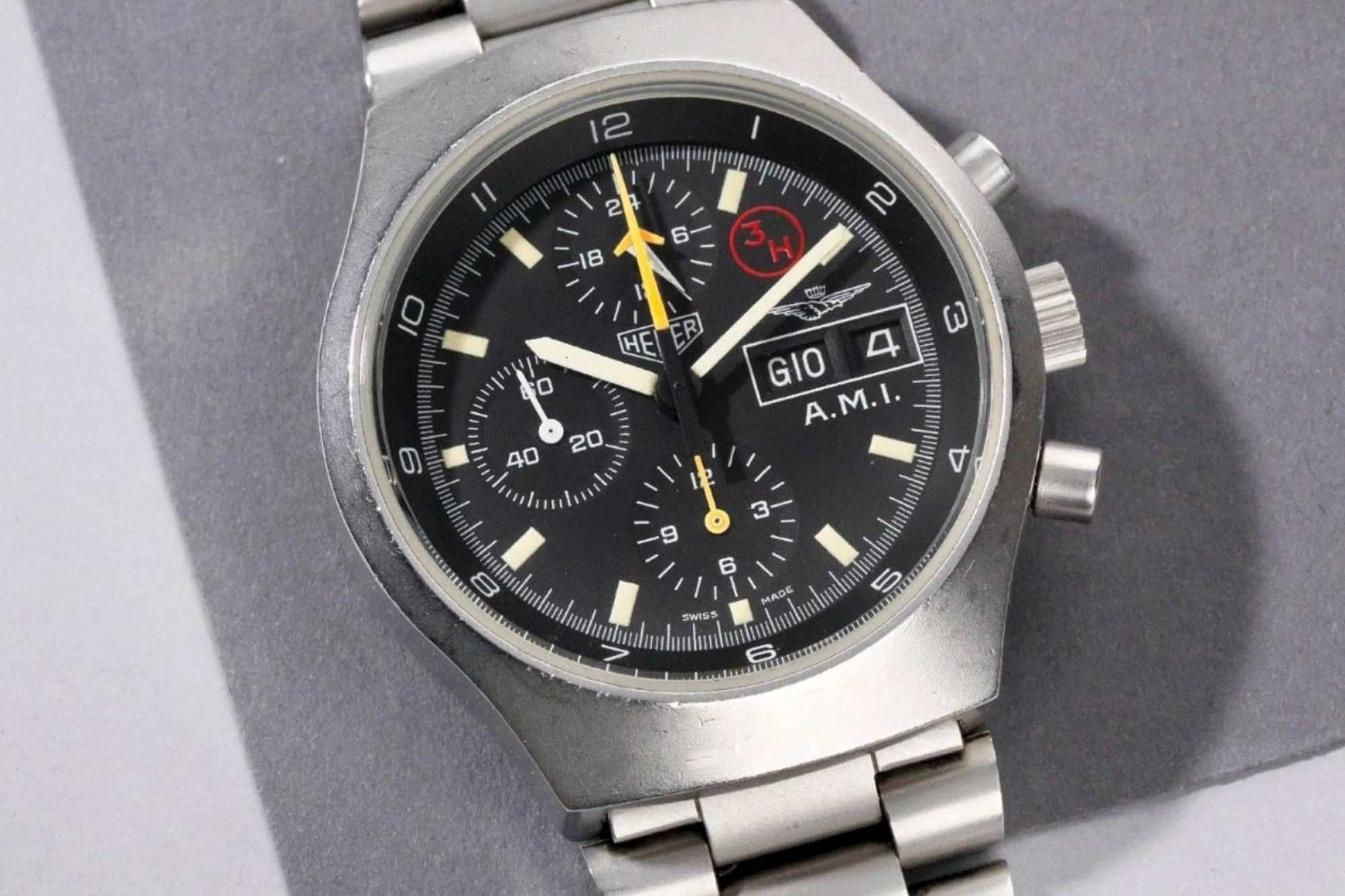Our survey of international military timepieces is back with part 2 of the chapter focused on Italy. You can read part 1 right here. We’re picking things back up mid-century with chronograph watches.
Chronographs
Italy has an important place in the history of the military chronograph, though in this case none of the watches produced under contract for its military was made by an Italian company, but rather by storied Swiss maisons.
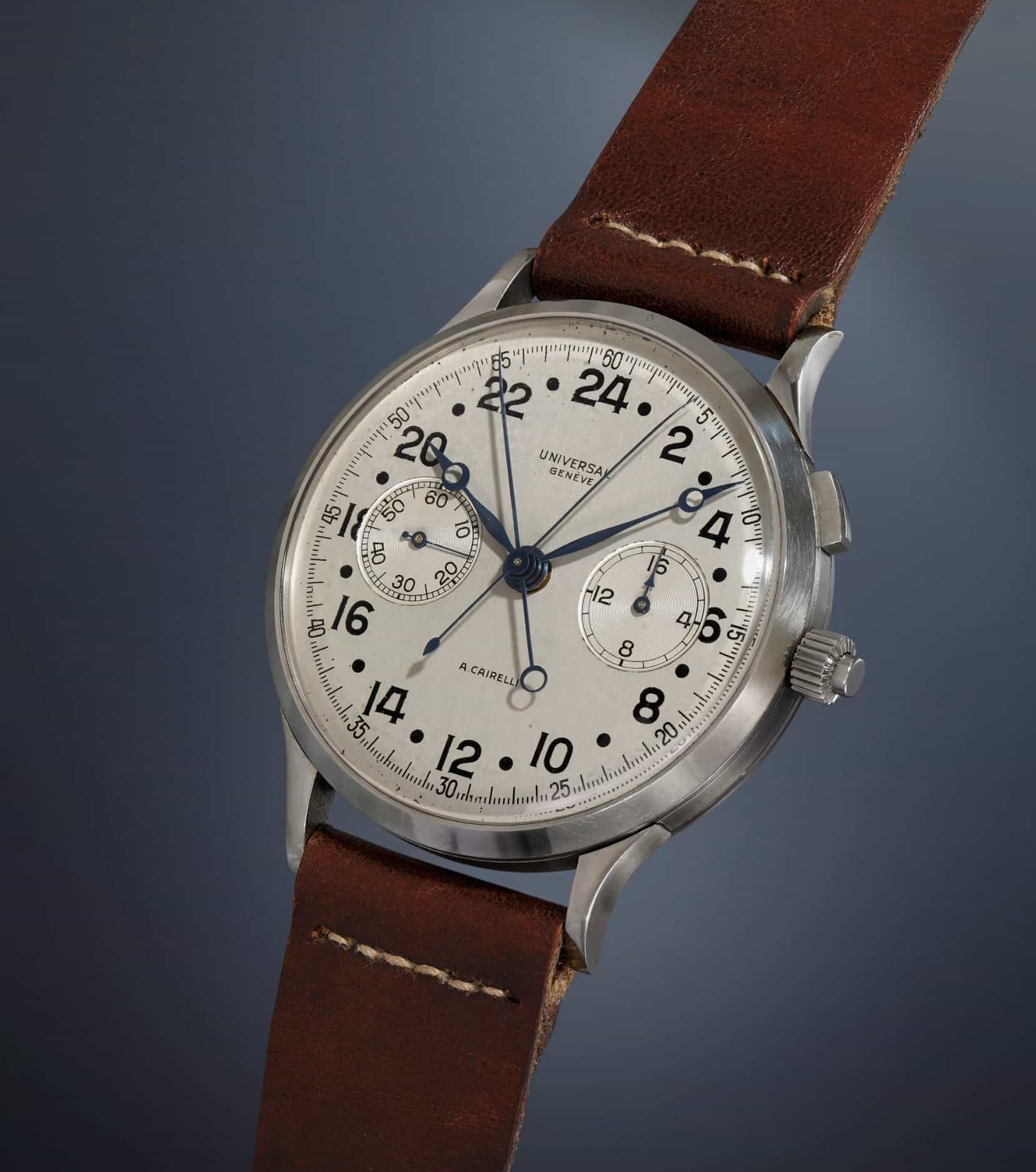
The earliest — and by far, the rarest — of these chronographs was retailed by A. Cairelli in the 1950s, a Roman subcontractor of military equipment in a similar vein to the early Panerai company. This watch, the HA-1, was an oversized, 44.5mm stainless steel chronograph featuring a unique 24-hour dial and meant for aerial navigation, perhaps for submarine hunter crews. Outfitted with the famed, manually wound Valjoux cal. 55 VBR movement with flyback feature — the same caliber that powered the Rolex ref. 4113, one of the rarest Rolexes in the world — the HA-1 was produced by Universal Genève and supplied by Cairelli to the Aeronautica Militaire Italiana (Italian Air Force). These watches are quite rare and consequently, highly desirable: one hammered at auction in 2016 for nearly 200,00 CHF.









 Featured Videos
Featured Videos





